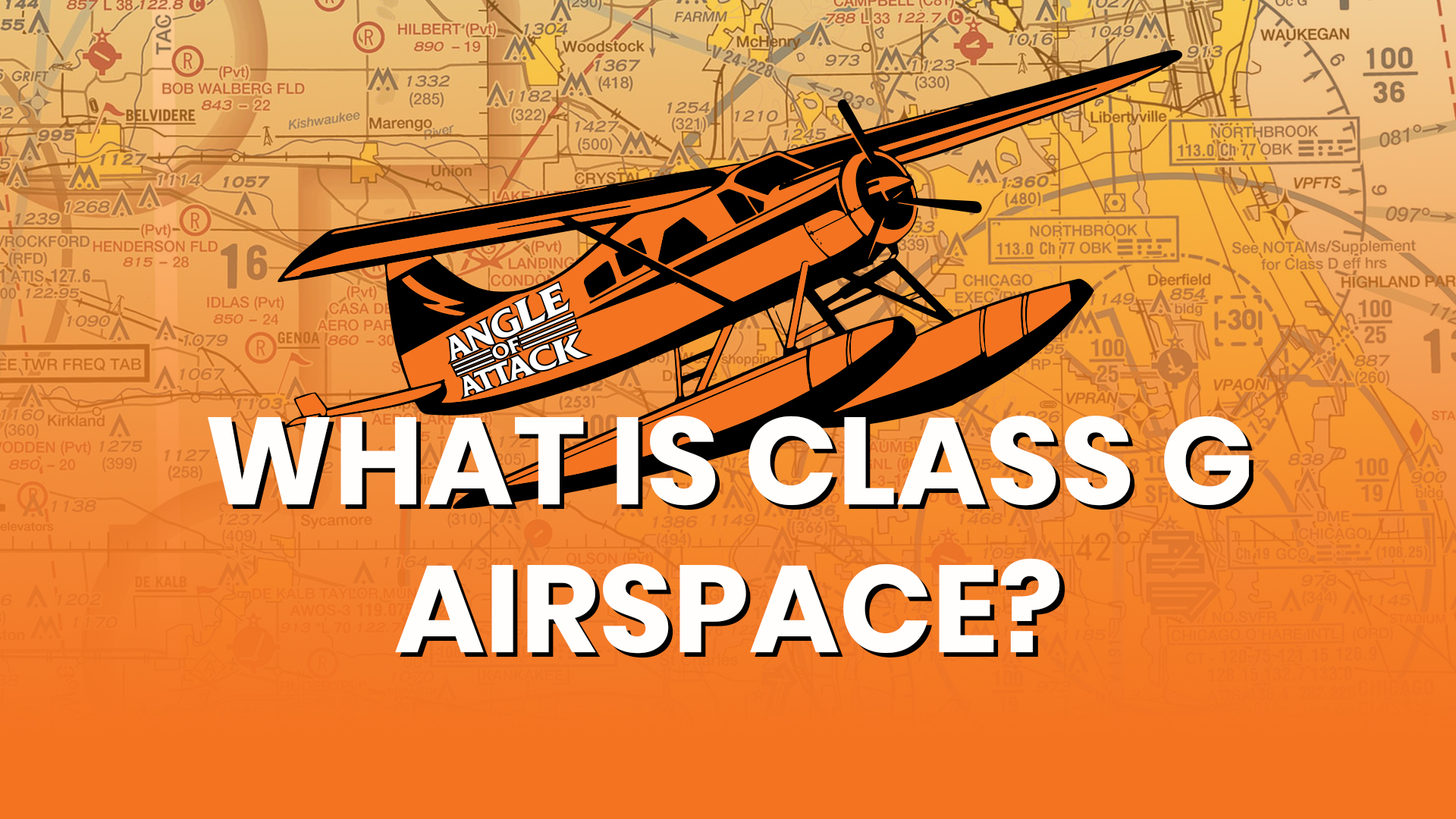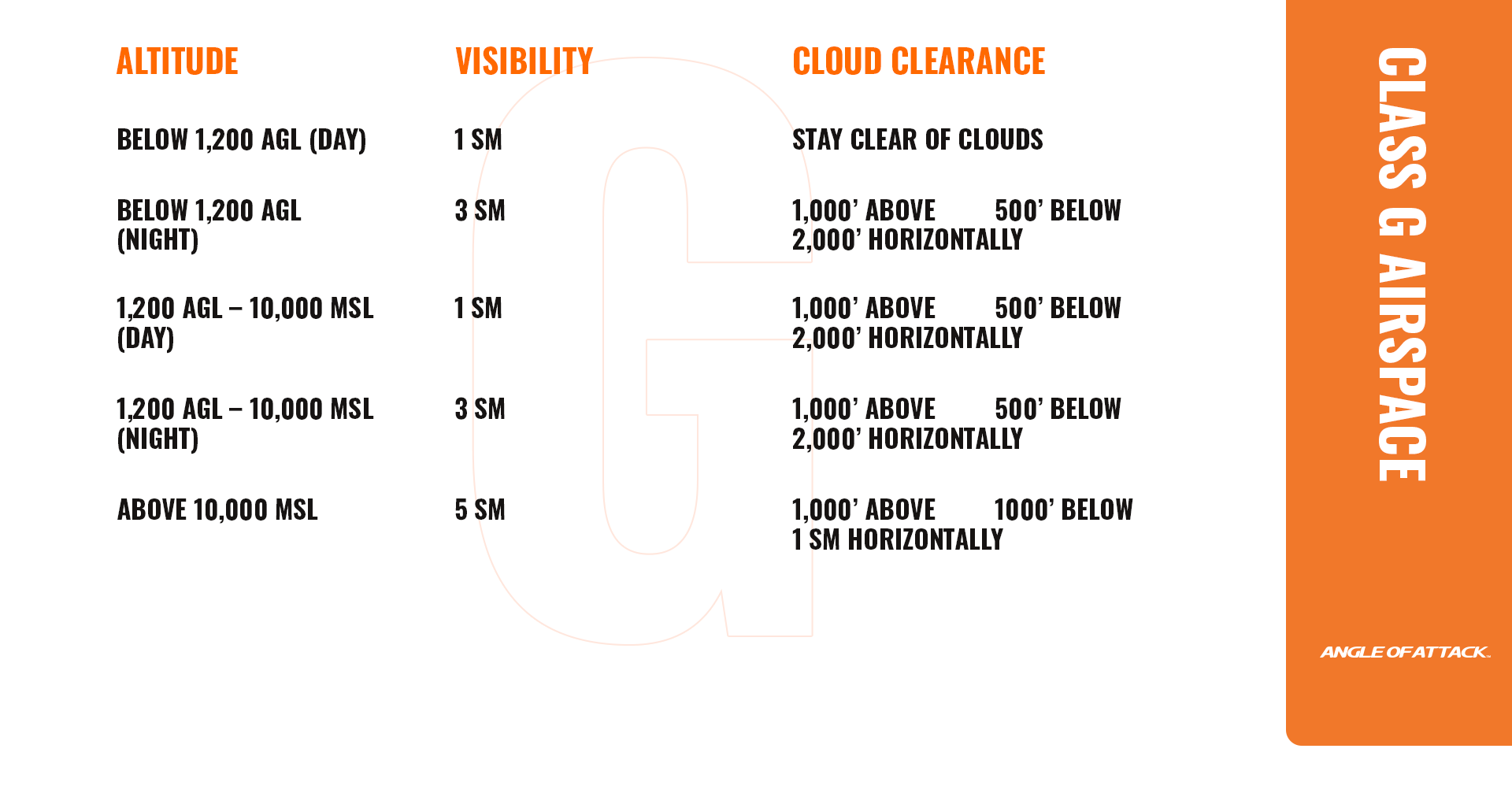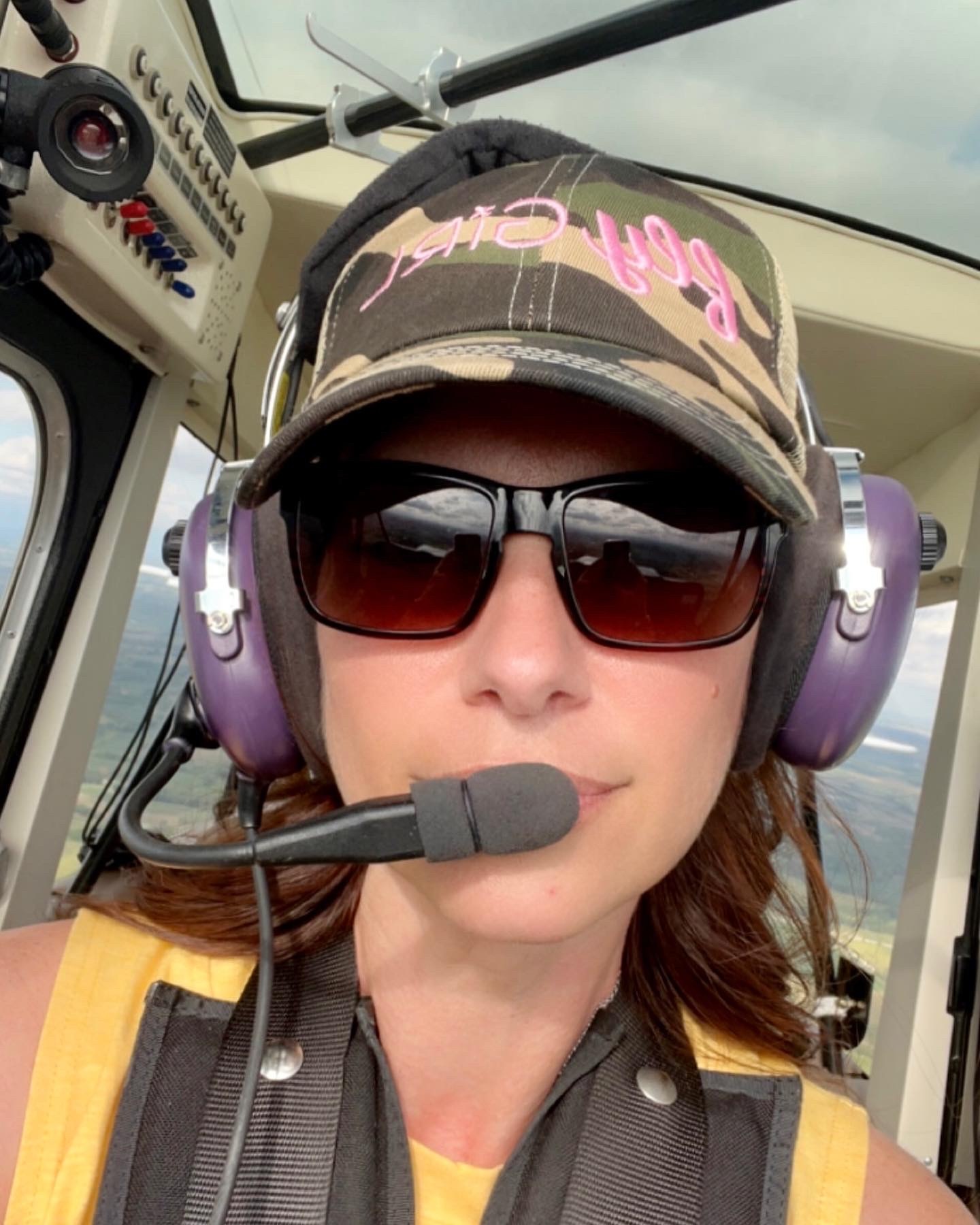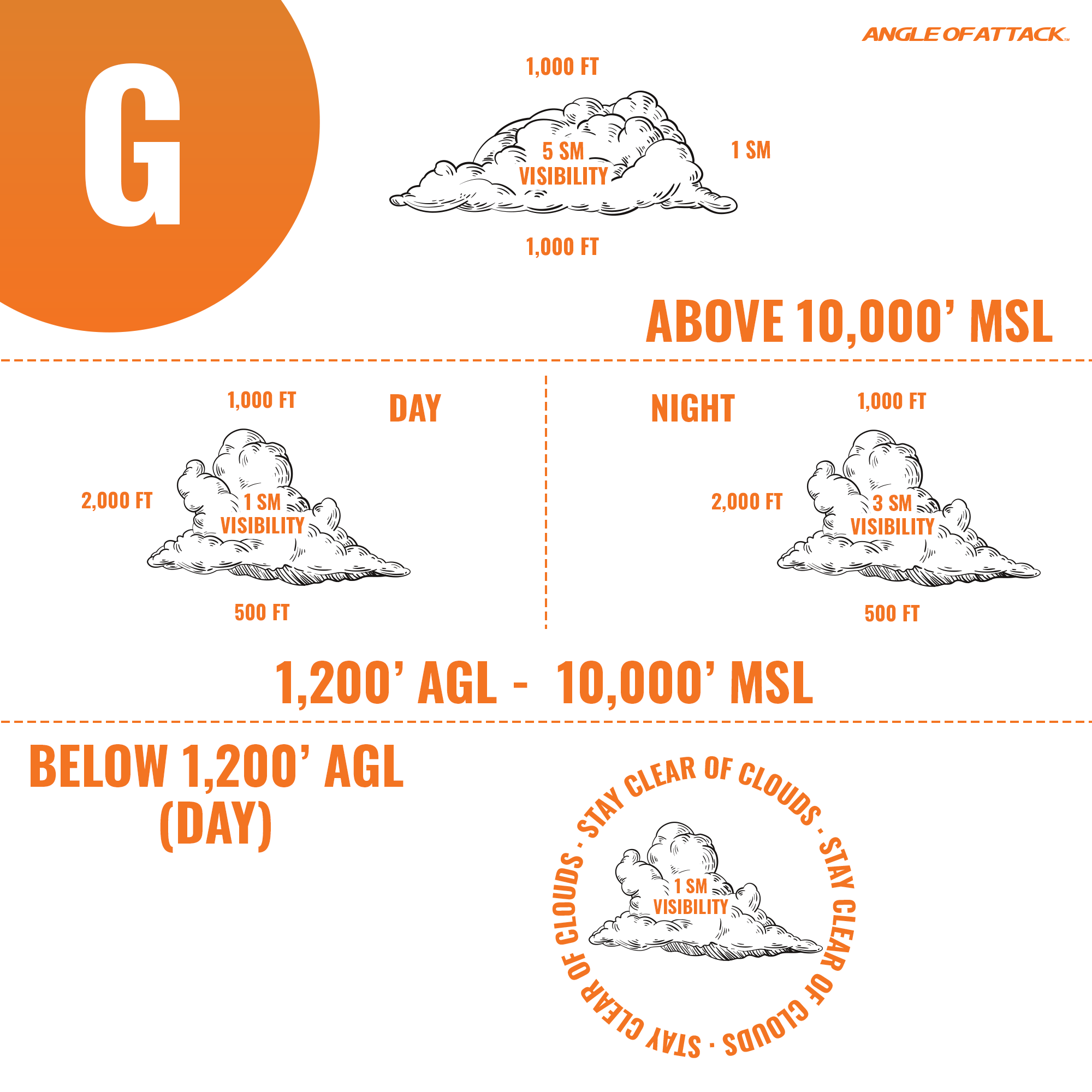
If you’re looking for Class Golf (G) airspace, it falls under the “uncontrolled airspace” category. Airspace is categorized depending on specific needs, functions, and levels of control. Every pilot is required to have a thorough knowledge of each category, particularly the two main categories – controlled and uncontrolled.
Under the controlled airspace, there are 5 subclasses where a pilot spends most of their flying time. Ranked from the “most restrictive” to “least restrictive,” these are: Class Alpha (A) | Class Bravo (B) | Class Charlie (C) | Class Delta (D) | Class Echo (E)
What is Class G Airspace?
Class G airspace is the only uncontrolled airspace out there in the United States. Thus, both IFR and VFR traffic is also uncontrolled here. To find out Class G airspace, note that it exists where the other five airspace classes, i.e., Class A, B, C, D, or E, don’t.
Precisely, this airspace exists below 1,200 feet where Class E airspace generally starts. Hence, the former can also be assumed as borderline airspace.
Where to Find the Class G Airspace?
This particular airspace, as aforementioned, exists where other airspace classes don’t. In the Western US, it’s often highlighted by transparent magenta circles surrounding airports.
However, there are hardly such markings on the map of the East Coast. For that, there’s a simple trick to finding the Class G airspace.
Class G Up To 700′ AGL
The Class G airspace starts at the surface and extends up to 700′ AGL if the bordering Class E begins at 700′ AGL. It’s worth noting that Class G doesn’t include 700′ AGL which is also known as the “transition area.”
The IFR and VFR traffic is regulated in this transition area to avoid aircraft collisions.
Class G Up To 1,200′ AGL
Similarly, the Class G airspace starts at the surface and extends up to 1,200′ AGL if the bordering Class E begins at 1,200′ AGL.
What are the Restrictions?
Although Golf airspace is uncontrolled, this doesn’t mean restrictions don’t exist there. Yes, the restrictions are few, but still, every pilot must know about the same.
- Pilots can fly at a maximum speed of 250 knots while flying below 10,000′ MSL.
- No equipment is required when flying below 10,000′ MSL. Contrarily, a Mode-C transponder is mandatory if you’re flying at or above 10,000′ MSL and over 2,500′ AGL.
- The IFR pilots must fulfill the standard IFR flight altitude and equipment requirements.
- Additionally, the IFR pilots must remain 1,000 feet above the highest obstacle within 4 nautical miles horizontally.
What are the Requirements?
Below are the requirements for weather minimums, communications, and IFR altitudes. So, let’s take note of these without further ado.
Weather Minimums
The following weather minimums in Class G clear visibility for you and other pilots flying high in the sky. 
Communication Requirements
First things first, there aren’t any mandatory communication requirements in Class G airspace laid down by the FAA or ATC. However, pilots are highly encouraged to communicate their positions in the Class G airspace in airports, especially in the absence of any dedicated air traffic controller.
This becomes more critical in situations when other pilots are also flying in and around the airspace, thus elevating the chances of mid-air traffic.
If you’re to utilize any Class G airspace airport for take-off or landing, make sure to make the position calls when:
- You’re 10 miles off from the airfield
- You’re 5 miles away from the field
- Airfield overflight (if necessary)
- You’re making a 45° entry to the downwind
- You’re at the base point
- You’re at the final point
IFR Altitude
To further regulate, particularly aircraft spacing, certain IFR altitudes have been established by the FAA. These are:
- If you’re flying below 18,000′ MSL on a course of 0° to 179°, fly odd thousands of MSL. That’s 3,000′ MSL, 5,000′ MSL, 7,000′ MSL, etc.
- If you’re flying below 18,000′ MSL on a course of 180° to 359°, fly even thousands of MSL. That’s 2,000′ MSL, 4,000′ MSL, 6,000′ MSL, etc.
These altitudes ensure appropriate spacing between every two aircraft in and around the Class G airspace.
So, here you go. That’s all every pilot must know about the ONLY uncontrolled Class G airspace. Being uncontrolled doesn’t translate to no restrictions while flying in and around it. Certain limitations are still enforced upon pilots for the safety of passengers and other nearby aircraft. Got any doubts with regards to Class G airspace? Shoot a not to Angle of Attack and learn more!

Karey grew up and obtained her in private pilot’s license in Central Iowa. She fell in love with tailwheel aircraft during her primary training and obtained a tailwheel endorsement the week following her private pilot checkride. She is eager to obtain her seaplane rating and is merging her passion for flying with her prior work career. Karey has a background in marketing, editing, and web design after graduating from Simpson College. When she is not flying or working, Karey enjoys anything related to technology and admits she can be a bit of a nerd. She also has discovered a love for virtually all outdoor pursuits, with a special fondness for climbing, shooting, and hiking.

Stay Connected
Be the very first to get notified when we publish new flying videos, free lessons, and special offers on our courses.






